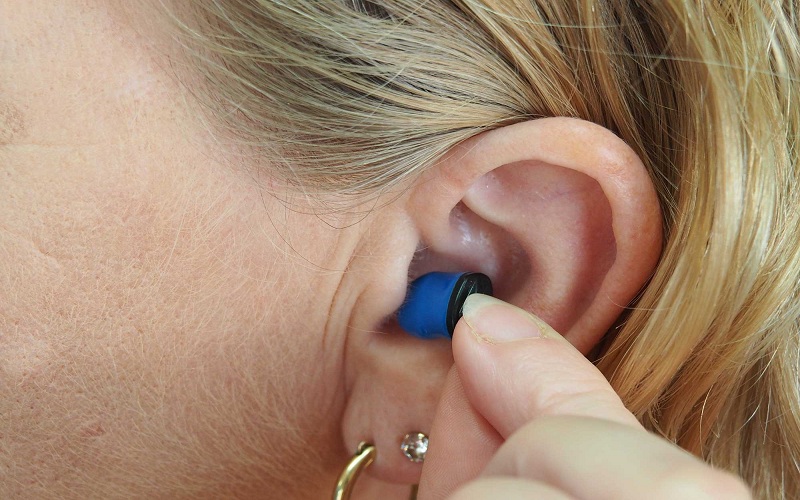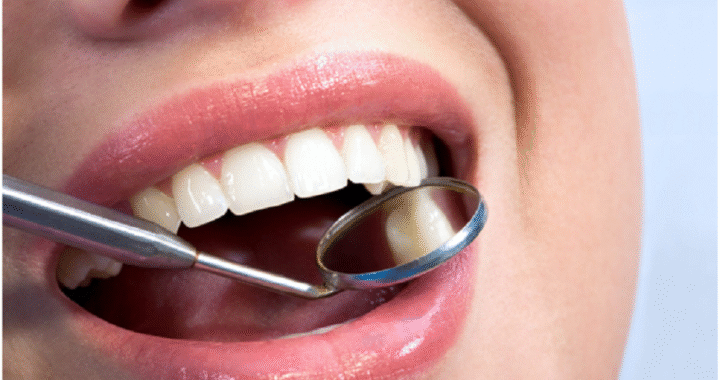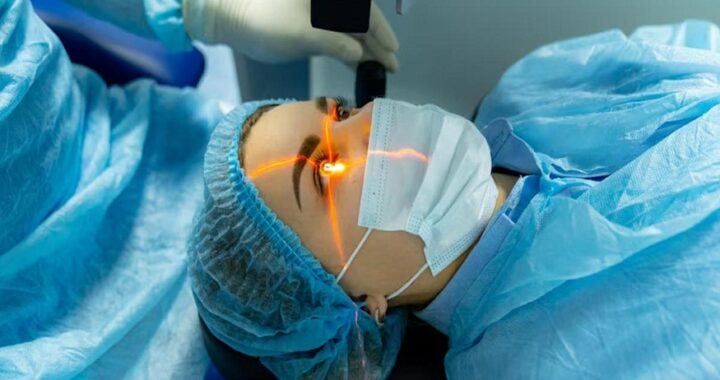Breaking Down the Myths: Debunking Common Misconceptions About Hearing Implants

Hearing implants have transformed the field of auditory healthcare by delivering transformative solutions for people with severe to profound hearing loss. Despite major technological developments, there are still prevalent myths about hearing implants that can cause hesitancy or misunderstanding. In this post, we hope to clarify these myths and shed light on the realities of hearing implants.
Myth: Hearing implants are only used for profound deafness.
One common fallacy is that hearing implants are only for people who are very deaf. In actuality, hearing implants address a wide range of hearing loss severity. Cochlear implants, for example, are useful for people with severe to profound hearing loss, but bone-anchored hearing implants can help people with a variety of hearing impairments.
Myth: Hearing implants return hearing to normal levels.
Hearing implants considerably improve auditory experiences, but they may not restore hearing to normal levels. Hearing implants are designed to improve sound perception and speech understanding. Individuals’ levels of progress vary and are impacted by factors such as implant type, individual responsiveness, and rehabilitation efforts.
Myth: Hearing implants are painful.
The assumption that hearing implants cause severe pain or discomfort is false. Implantation procedures for cochlear implants and bone-anchored hearing implants are usually painless. Advances in surgical procedures and technologies make the implantation process more efficient and less invasive.
Myth: Hearing implants are just for adults.
Hearing implants are suitable for people of all ages, including youngsters. In fact, early intervention with cochlear implants in children with hearing loss can have a major impact on their language development and general communication abilities. Paediatric applicants are thoroughly evaluated to establish their eligibility for hearing implants.
Myth: Hearing implants are visible and noticeable.
Another prevalent myth is that hearing implants are prominent and easily visible. In actuality, many hearing implants are intended to be discrete. Cochlear implants, for instance, feature elegant, small exterior components, whereas bone-anchored implants are sometimes hidden beneath the hairline. In current hearing implant design, aesthetics and comfort are given top consideration.
Myth: Hearing implants need extensive maintenance.
Hearing implants are intended to be user-friendly and require little upkeep. Cochlear implant users, for example, must ensure that the exterior components are clean and functioning properly. Users of bone-anchored hearing implants may need to clean their external abutments frequently. Regular follow-ups with healthcare specialists are required, but day-to-day maintenance is rather simple.
Myth: Hearing implants may be upgraded, just like consumer electronics.
Unlike consumer gadgets, hearing implants cannot be simply changed or replaced to add new features. Upgrading usually requires a medical review, and decisions are made based on considerations such as medical necessity and personal circumstances. Although technological advancements may result in better implant possibilities, the decision to update is a thorough and individualised procedure.
Myth: Hearing implants completely remove the need for rehabilitation.
Rehabilitation is critical to maximising the benefits of hearing implants. While implants enable access to sound, the brain needs time to adjust and understand the information. Rehabilitation, which includes auditory training and support from audiologists and speech therapists, is critical for improving speech comprehension and communication skills.
Myth: Hearing implants are only for specific types of hearing loss.
Hearing implants are adaptable solutions for numerous forms of hearing loss, including sensorineural, conductive, and mixed hearing loss. Unique characteristics determine the compatibility of a specific implant, and audiologists and otolaryngologists conduct rigorous assessments to pick the best implant for each instance.
Myth: Hearing implants interfere with everyday activities.
Hearing implants are intended to improve, not impede, daily activities. After adjusting to their implants, people can actively participate in conversations, listen to music, engage in social activities, and live meaningful lives. Modern hearing implant technologies help to provide seamless integration into numerous parts of daily life.
Conclusion
Debunking common misconceptions regarding hearing implants is critical to gaining a deeper grasp of these revolutionary technologies. Individuals can make more educated decisions on hearing implants as a realistic and effective remedy for their hearing loss by refuting myths about candidature, discomfort, maintenance, and limitations. As technology advances, it is critical to stay current on the reality of hearing implants and seize the opportunities they provide for better auditory experiences and a higher quality of life.

 WHAT IS SLEEP APNEA AND WHY SHOULD YOU CARE?
WHAT IS SLEEP APNEA AND WHY SHOULD YOU CARE?  WHAT IS A VASECTOMY? EVERYTHING YOU NEED TO KNOW
WHAT IS A VASECTOMY? EVERYTHING YOU NEED TO KNOW  Vaccination Schedules For Cats And Dogs: What Every Pet Owner Should Know
Vaccination Schedules For Cats And Dogs: What Every Pet Owner Should Know  The History and Cultural Significance of Ayahuasca
The History and Cultural Significance of Ayahuasca  Understanding Common Health Issues in Small Animals: Insights from a Veterinarian’s Perspective
Understanding Common Health Issues in Small Animals: Insights from a Veterinarian’s Perspective  Navigating Your Pet’s Health: What to Expect from Your General Veterinarian
Navigating Your Pet’s Health: What to Expect from Your General Veterinarian  Modern Approaches to Achieving a Perfect Smile
Modern Approaches to Achieving a Perfect Smile  Treating Severe Burn Wounds with New Methods
Treating Severe Burn Wounds with New Methods  Choosing between Poland and Turkey for surgery depends on several factors, including cost, quality of care, safety, travel logistics, and personal preferences.
Choosing between Poland and Turkey for surgery depends on several factors, including cost, quality of care, safety, travel logistics, and personal preferences.  How to Protect Your Enamel from Everyday Wear
How to Protect Your Enamel from Everyday Wear